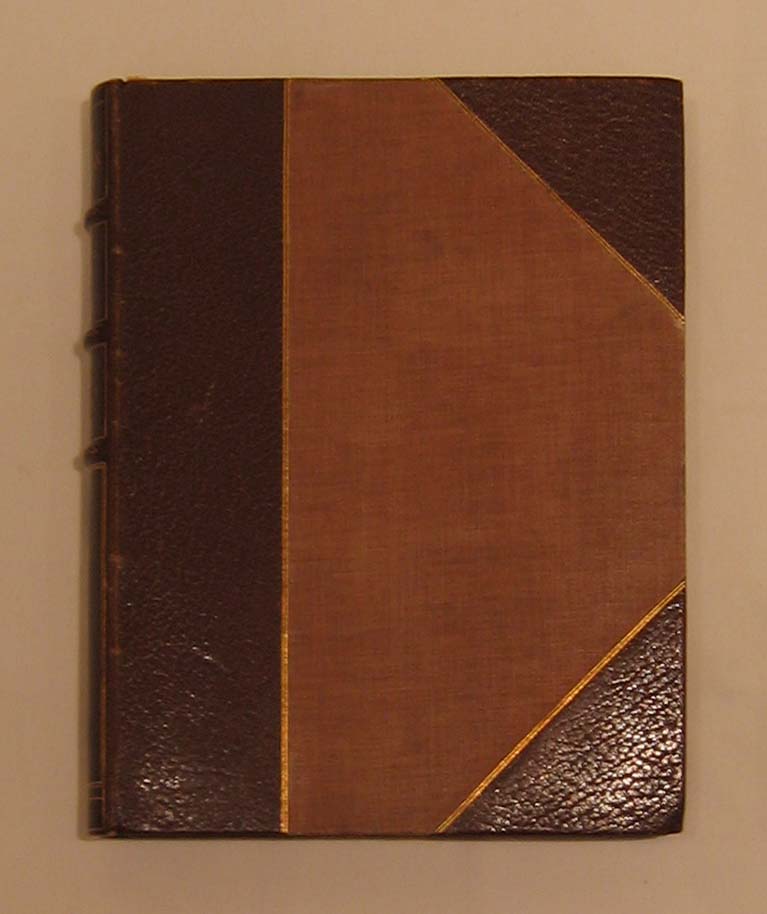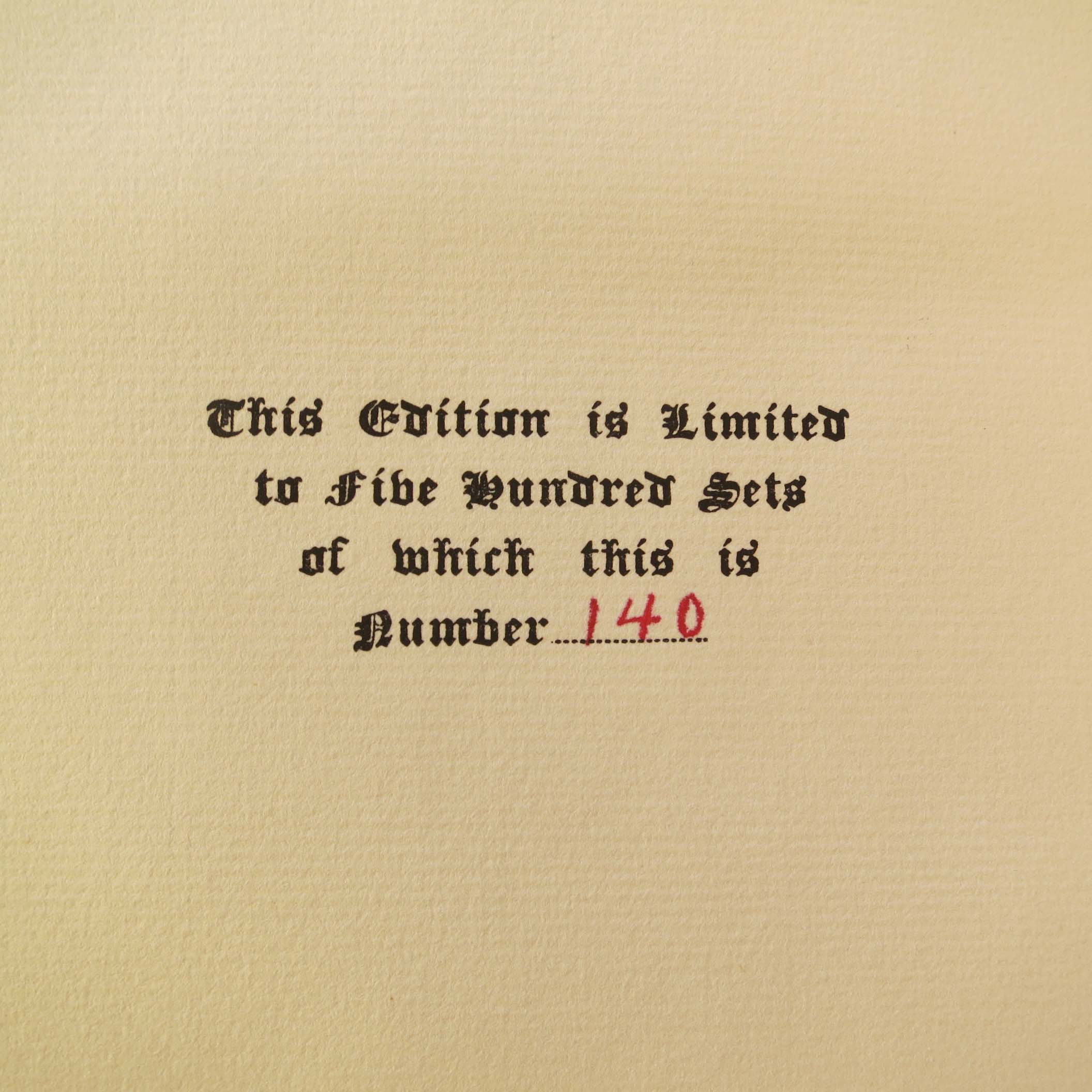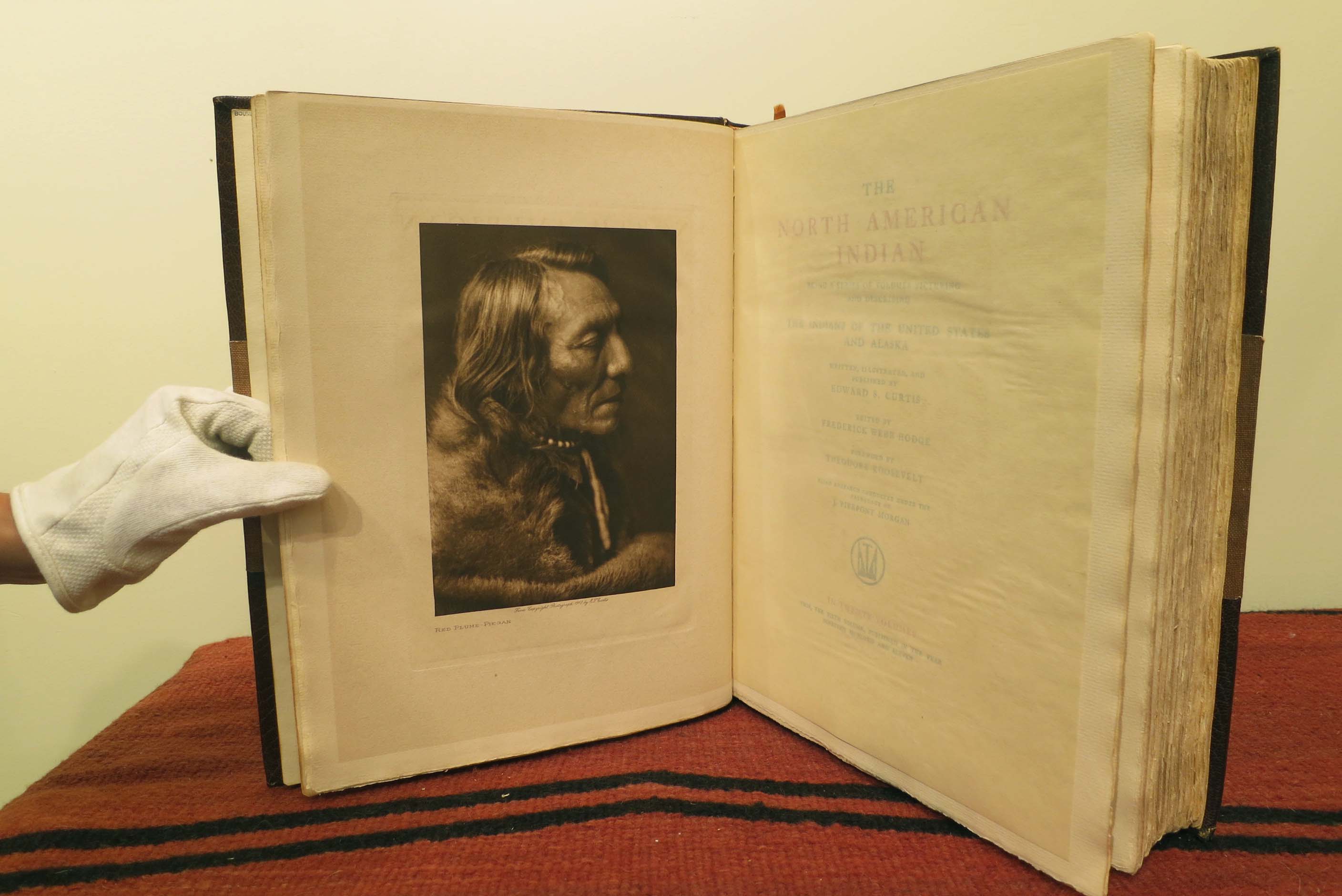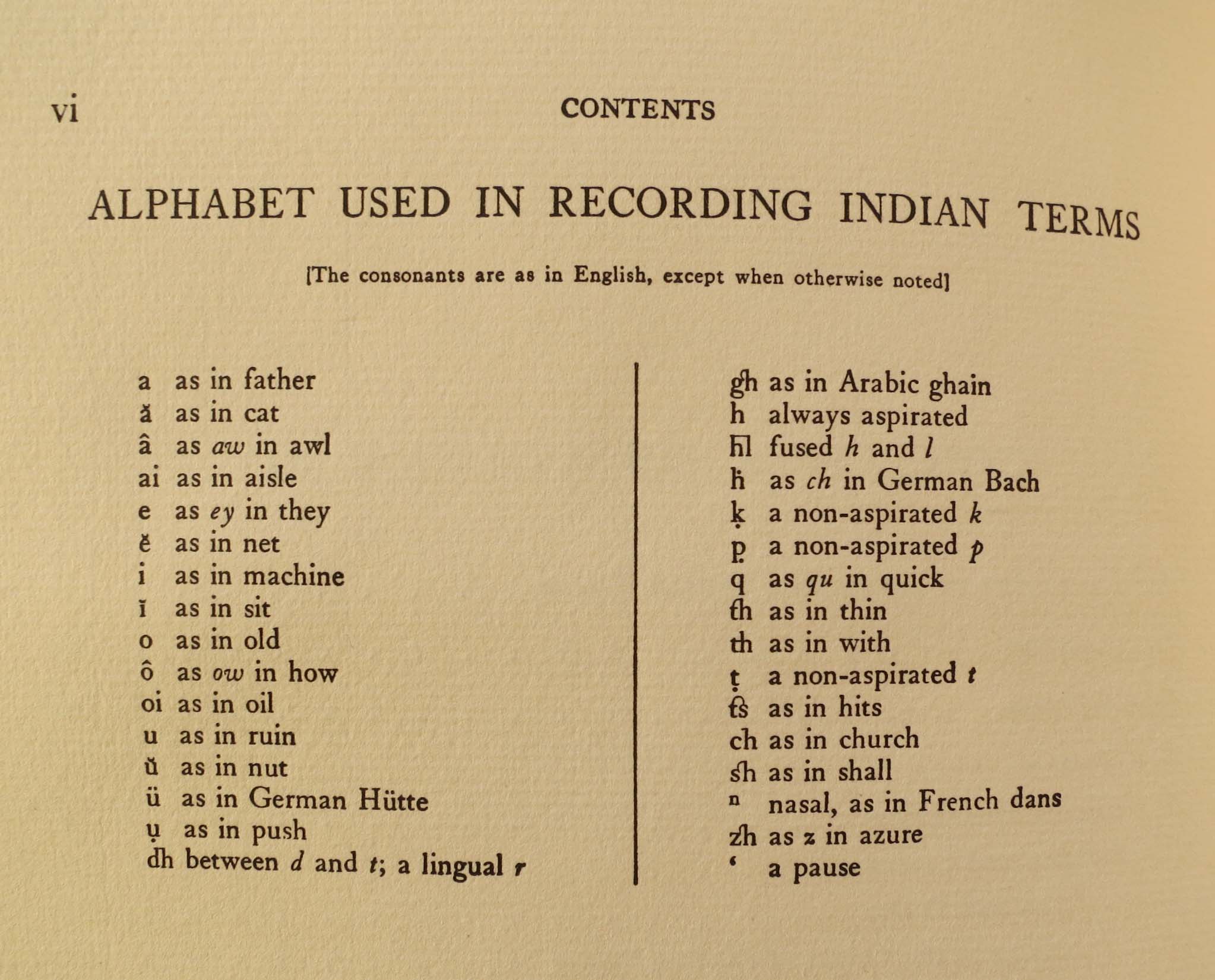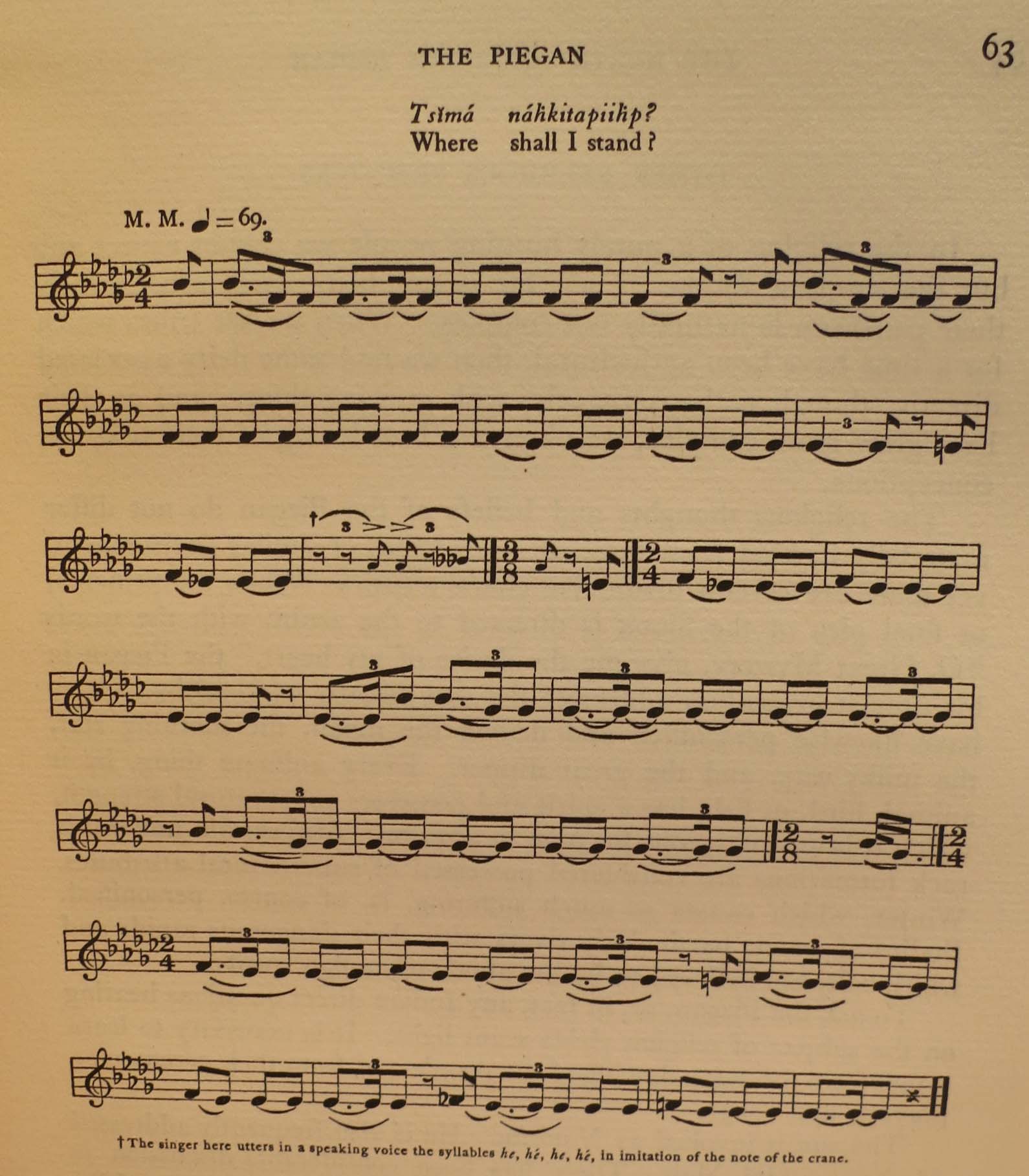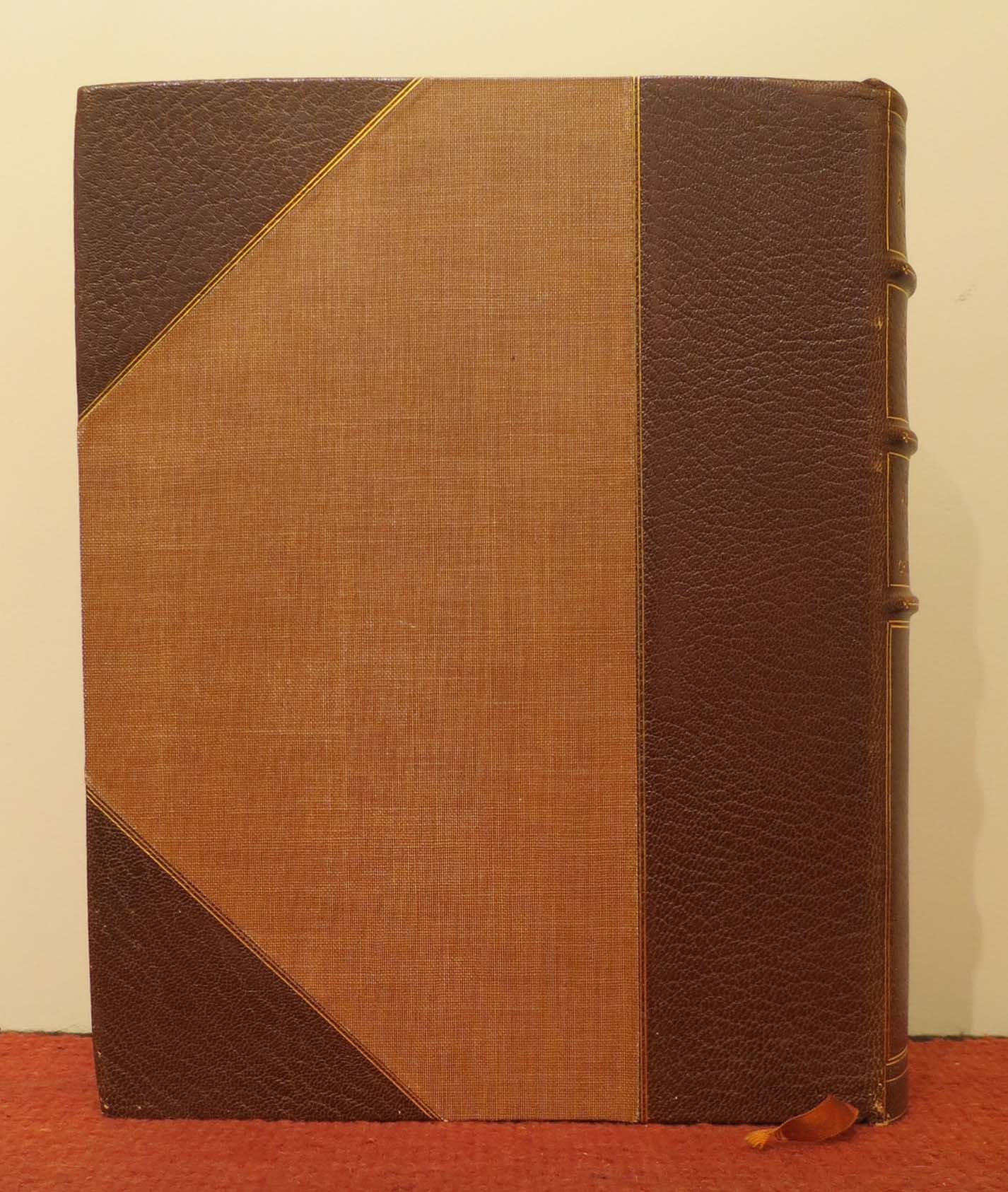SHINING MOUNTAINS FILM FESTIVAL ANNOUNCES FREE COMMUNITY EVENTS FOR THE UPCOMING FESTIVAL
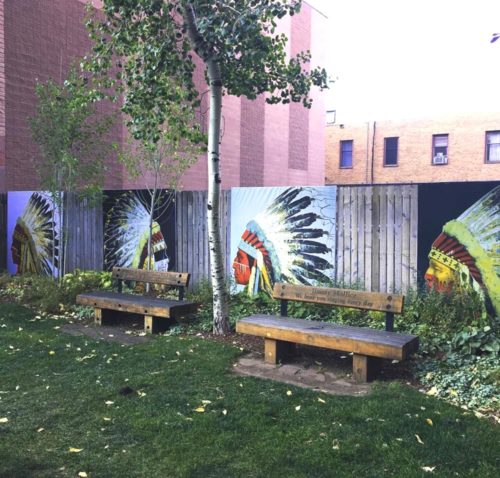 Aspen, CO (October 4, 2019): The Wheeler Opera House, Aspen Film, and Aspen Ute Foundation are pleased to announce community events for the upcoming documentary film festival, Shining Mountains Film Festival, on October 12-14, 2019. Tickets for Shining Mountains Film Festival start at $15 and are on sale now at the Wheeler Opera House Box Office (970.920.5770/ aspenshowtix.com).
Aspen, CO (October 4, 2019): The Wheeler Opera House, Aspen Film, and Aspen Ute Foundation are pleased to announce community events for the upcoming documentary film festival, Shining Mountains Film Festival, on October 12-14, 2019. Tickets for Shining Mountains Film Festival start at $15 and are on sale now at the Wheeler Opera House Box Office (970.920.5770/ aspenshowtix.com).
“In our second year of Shining Mountains Film Festival, we are so excited to add a long list of free community events to our (already announced) film lineup,” says Wheeler Opera House Executive Director and Festival Producer Gena Buhler. “We are so thrilled to have so many amazing partnerships that will help enhance Shining Mountains for the community and our native guests as we make the festival an important part of Indigenous Peoples’ Day in the Valley.”
Special guests who will be participating across multiple programs during the festival include CJ Bradford, Amos Cook & Family, Phyllis Bald Eagle, Roland McCook, Henry & Silas White Cloud, Cheyleen Yazzie, Skyler Lomahaftewa, Barbara Dills, Sage (Trudell) Balsz, Long Soldier, Drew Nicholas, Sandy White Hawk, George McCauley Jr., and Sheldon Spotted Elk.
Shining Mountains Film Festival 2019 | Event Schedule
SATURDAY, OCTOBER 12, 2019
Shining Mountains Kickoff (Free)
9:30AM – 3:00PM | Wheeler Parcel (adjacent to the Wheeler Opera House)
Join us for a day of storytelling, dancing, songs, and more! This free event is family-friendly, and the perfect way to kick off a weekend honoring Native American culture and history.
Sweat Lodge sponsored by Aspen Ute Foundation (donations accepted)
4:00pm | 13 Moons Ranch Carbondale
Among the Ute, the sweat lodge ceremony is perhaps the oldest of all ceremonies. 13 Moons Ranch is located at 6334 Hwy 133 (5.2 miles south of Carbondale City Market on the left hand (east) side). Park on the open space and walk down towards river on left where you will see the Lodge.
Please come with appropriate clothing for both the ceremony, and after. Please bring a dish and/or beverage to share for our post ceremony feast. Please no dogs allowed at our ceremonies. To honor Lakota tradition women who are on their “moon time” are asked to not participate in this ceremony. More information or questions, visit aspenutefoundation.net
SUNDAY, OCTOBER 13, 2019
Pow Wow Regalia Demonstration and Masterclass (Free)
11:00 AM | Red Brick Center for the Arts
Join CJ Bradford from the Ute Indian Museum (Montrose) for a one hour discussion of current day pow wow dances.
Native Arts and Crafts
12:00 – 6:00 PM | Wheeler Parcel (adjacent to the Wheeler Opera House)
Native American arts and crafts will be showcased in the Wheeler Parcel, hosted by the Ute Indian Museum.
MONDAY, OCTOBER 14, 2019
Native Arts and Crafts
12:00 – 6:00 PM | Wheeler Parcel (adjacent to the Wheeler Opera House)
Native American arts and crafts will be showcased in the Wheeler Parcel, hosted by the Ute Indian Museum.
Trudell (Directed by Heather Rae, 2005, 80 mins)
Free Community Film, Hosted by Sage (Trudell) Balsz
12:00 PM | Wheeler Opera House
A chronicle of legendary Native American poet/activist John Trudell’s travels, spoken word performances and politics. Features appearances by Robert Redford, Kris Kristofferson, Val Kilmer, and more.
Throughout the month of October, artwork by artist Andrew Bolam is being showcased on the Wheeler Parcel in honor of the festival. Bolam is an English born artist whose work has followed a broad and intuitive path over the last 17 years focusing on the American West. A portion of the proceeds from Bolam’s art sales supports various reservation projects. His original work can be seen by visiting the Valley Fine Art gallery, located on the ground floor of the Wheeler Opera House building.
Shining Mountains Film Festival 2019 | Film Program Schedule
SUNDAY, OCTOBER 13, 2019
Movement and Meaning: Carrying on the Tradition
3:00pm | Wheeler Opera House
Throat Singing in Kangirsuk (Canada 2018)
Eva Kaukai and Manon Chamberland practice the Inuk art of throat singing in their small village of Kangirsuk. Their mesmerizing voices carry through the four seasons of their Arctic land.
Names for Snow (Canada 2018)
This short follows Rebecca Thomassie, an Inuk woman, around Kangirsuk as she learns the 52 Inuktitut words for snow.
Sweetheart Dancers (United States 2019)
A story about Sean and Adrian, a Two-Spirit couple determined to rewrite the rules of Native American culture through their participation in the “Sweetheart Dance.” This celebratory contest is held at powwows across the country, primarily for men and women couples, until now.
Sonny Side Up: The Road to Recovery (Canada 2015)
This film tells how a young man changes his life from drugs and alcohol to become a traditional dancer.
Carrying on the Tradition (Canada 2017)
Nimki is a young dancer from Wiikwemkoong. He has struggled with depression until traditional dancing reconnected him with his culture, his family, and himself.
Warrior Women (United States 2018)
The film is the story of mothers and daughters fighting for indigenous rights in the American Indian Movement of the 1970s. The film unveils not only a female perspective of history, but also examines the impact political struggles have on the children who bear witness.
$2 per ticket to this program will be donated to the Madonna ThunderHawk’s Wasagiya Najin “Grandmother’s Group” on the Cheyenne River Reservation which assists in rebuilding kindship networks and supporting the Nation in its efforts to stop the removal of children and build local resources to handle it themselves.
Words from a Bear
6:30 pm | Wheeler Opera House
That is All (United States 2018, directed/produced by Anna Robins, 19 mins)
This film by Anna Robins covers the beginnings of visual, Lakota artist, Dwayne Wilcox. From his family ranch on the Pine Ridge reservation, Dwayne discovered his love of drawing using available materials which led to his signature ledger-art style. Influenced by his culture, the unique humor found in his small community, and the events that shaped national and local history, you will see the stories jump from the page of Dwayne’s work. Hop in the car and drive through the reservation to see how the success of Dwayne Wilcox unexpectedly came to be.
- Scott Momaday: Words from a Bear (United States 2018, directed/produced by Jeffrey Palmer, 84 mins)
Journey into the mind and soul of Native America’s most celebrated author of poetry and prose, Pulitzer Prize winning author Navarro Scott Momaday. Words from a Bear visually captures the essence of Momaday’s writings and storytelling, relating each written line to his unique Kiowa/American experience representing ancestry, place, and oral history.
MONDAY, OCTOBER 14, 2019
Blood Memory
6:30pm | Wheeler Opera House
Blood Memory: A story of removal and return (United States 2019, directed by Drew Nicholas, 107 mins)
Battles over blood quantum and ‘best interests’ resurface the untold history of America’s Indian Adoption Era – a time when nearly one-third of children were removed from tribal communities nationwide. As political scrutiny over Indian child welfare intensifies, an adoption survivor helps others find their way home through song and ceremony.
Immediately following the film will be a panel discussion with Director Drew Nicholas, Film Subjects Sandy White Hawk and George McCauley, and Sheldon Spotted Elk of the Indian Child Welfare Program Office (Denver), moderated by Barbara Dills (Aspen Ute Foundation)
Shining Mountains Film Festival is a documentary film festival produced by the City of Aspen’s Wheeler Opera House, in partnership with Aspen Film and Aspen Ute Foundation, focused on fostering Native American and indigenous peoples’ storytelling through film and live events in a way that supports and engages indigenous media arts; authentically captures national and international indigenous voices; highlights the work of indigenous filmmakers and performers for diverse audiences; and breaks barriers of racism by replacing stereotypes with credible representations of indigenous peoples’ history, culture, and community.
For more information about Shining Mountains Film Festival, please visit www.wheeleroperahouse.com.
ABOUT WHEELER OPERA HOUSE:
Since 1889, the Wheeler Opera House has been Aspen’s community performance venue and has become the Roaring Fork Valley’s premiere site for concerts, movies, festivals, lectures, community events, opera, and more. In recent years, the Wheeler has been a leader in producing exceptional festivals in Aspen, celebrating the comedy arts, global issues, and the craft of songwriting.
ABOUT ASPEN FILM:
Established in 1979, Aspen Film is one of Colorado’s most active film arts organizations, presenting dynamic programs and featured guest artists throughout the year. Internationally recognized, Aspen Film organizes a major film event in every season, along with an extensive education program: Aspen Filmfest, Academy Screenings, Aspen Shortsfest and Film Educates. With a mission to enlighten, enrich, educate and entertain through film, Aspen Film stimulates thought, encourages dialogue and broadens understanding of our world and selves through the diverse spectrum of ideas presented by filmmakers worldwide. To learn more, visit aspenfilm.org.
ABOUT ASPEN UTE FOUNDATION:
An American Indian Cultural program based in Aspen, CO the Aspen Ute Foundation facilitates the physical and spiritual reconnection of Native American Indians, with an emphasis on Utes, to their ancestral lands in Aspen and the Roaring Fork Valley as well as bring awareness to Indigenous cultures/traditions and struggles.
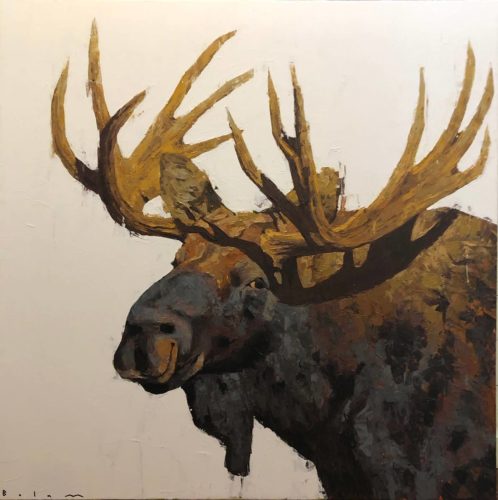 When an artist loves his craft, and creates for the joy of it, their relaxation and happiness radiates from their work. Painter Andrew Bolam would be the first to tell you that he paints for himself. “I’m excited that I’ve given myself the luxury of growing organically and doing whatever tickles my fancy,” he said in a recent interview with Southwest Art magazine [LINK to https://www.southwestart.com/articles-interviews/emerging-artists/emerging-artists-andrew-bolam] The best artists know how to listen to their inner impulses and inspiration and to let their art grow in that direction. Bolam’s artwork has developed through the years from his early-career detailed landscape paintings to his current inspiration: 40 x 40 or larger acrylics of Native Americans and western wildlife. Valley Fine Art, in downtown Aspen, Colorado, is pleased to offer a handsome representative of that present group, “Atticus,” for sale.
When an artist loves his craft, and creates for the joy of it, their relaxation and happiness radiates from their work. Painter Andrew Bolam would be the first to tell you that he paints for himself. “I’m excited that I’ve given myself the luxury of growing organically and doing whatever tickles my fancy,” he said in a recent interview with Southwest Art magazine [LINK to https://www.southwestart.com/articles-interviews/emerging-artists/emerging-artists-andrew-bolam] The best artists know how to listen to their inner impulses and inspiration and to let their art grow in that direction. Bolam’s artwork has developed through the years from his early-career detailed landscape paintings to his current inspiration: 40 x 40 or larger acrylics of Native Americans and western wildlife. Valley Fine Art, in downtown Aspen, Colorado, is pleased to offer a handsome representative of that present group, “Atticus,” for sale.
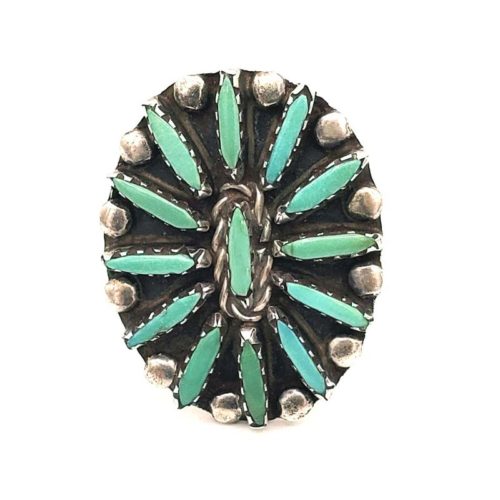 At Valley Fine Art, our selection of Old Pawn Jewelry is the best in Aspen. We feature pieces from several tribes, including Navajo and Zuni. We offer rings, earrings, pins, bracelets, bolo ties, and Ketohs. We have a few Colorado bear claw necklaces with silver and turquoise. Our multi-strand turquoise necklaces with old-style squaw wrap are delicate and lovely. When you wear one of Valley Fine Art’s wide variety of turquoise and silver Old Pawn pieces you are wearing a piece of history. Old Pawn holds a treasured place among vintage jewelry because each piece increases in value as it ages.
At Valley Fine Art, our selection of Old Pawn Jewelry is the best in Aspen. We feature pieces from several tribes, including Navajo and Zuni. We offer rings, earrings, pins, bracelets, bolo ties, and Ketohs. We have a few Colorado bear claw necklaces with silver and turquoise. Our multi-strand turquoise necklaces with old-style squaw wrap are delicate and lovely. When you wear one of Valley Fine Art’s wide variety of turquoise and silver Old Pawn pieces you are wearing a piece of history. Old Pawn holds a treasured place among vintage jewelry because each piece increases in value as it ages.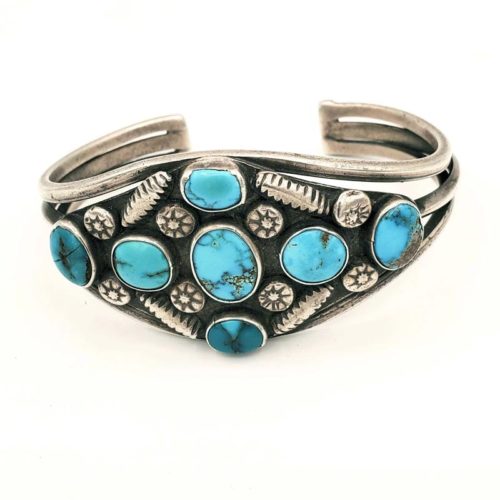 When appraising Old Pawn Native American jewelry, we treat each piece with reverence and respect. We are holding a part of someone’s life history. Often these pieces were passed down through generations. The patina on the silver and the smoothness of the stone combine to hint at the great mystery of these old pawn pieces.
When appraising Old Pawn Native American jewelry, we treat each piece with reverence and respect. We are holding a part of someone’s life history. Often these pieces were passed down through generations. The patina on the silver and the smoothness of the stone combine to hint at the great mystery of these old pawn pieces. Aspen, CO (October 4, 2019): The Wheeler Opera House, Aspen Film, and Aspen Ute Foundation are pleased to announce community events for the upcoming documentary film festival, Shining Mountains Film Festival, on October 12-14, 2019. Tickets for Shining Mountains Film Festival start at $15 and are on sale now at the Wheeler Opera House Box Office (970.920.5770/ aspenshowtix.com).
Aspen, CO (October 4, 2019): The Wheeler Opera House, Aspen Film, and Aspen Ute Foundation are pleased to announce community events for the upcoming documentary film festival, Shining Mountains Film Festival, on October 12-14, 2019. Tickets for Shining Mountains Film Festival start at $15 and are on sale now at the Wheeler Opera House Box Office (970.920.5770/ aspenshowtix.com).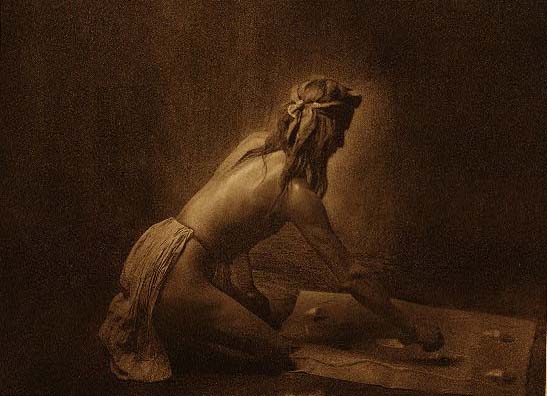
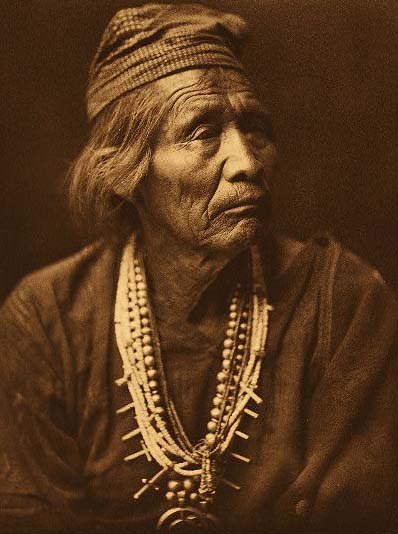
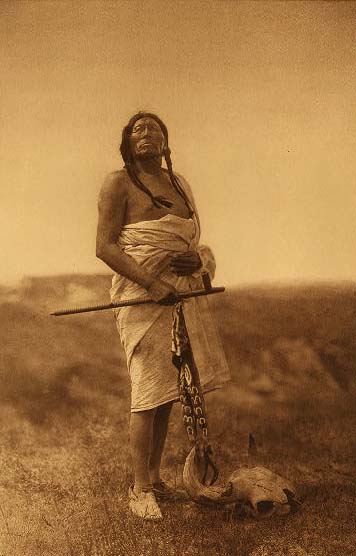
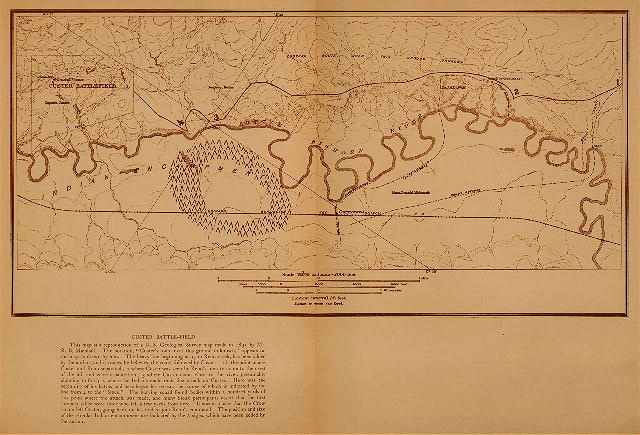
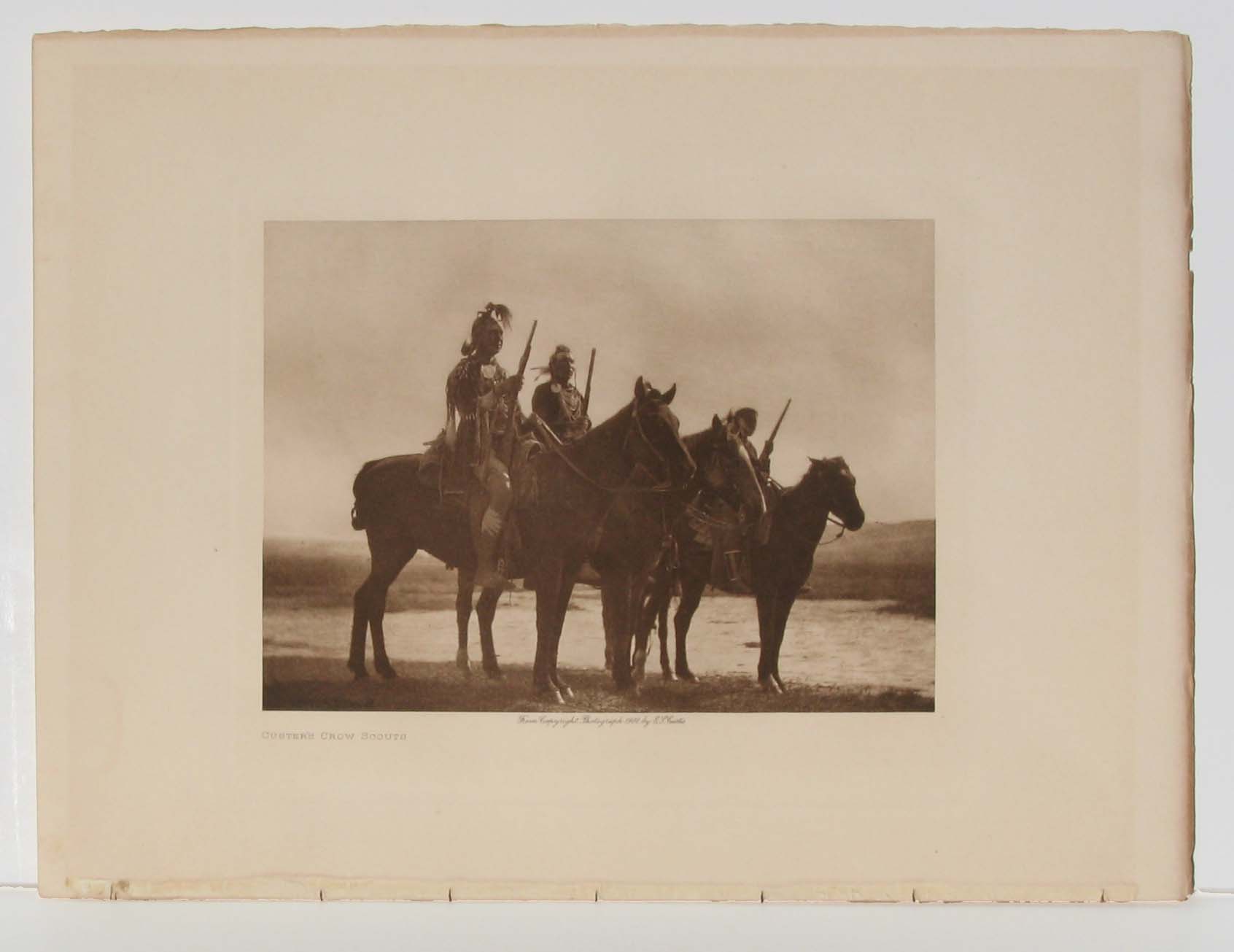
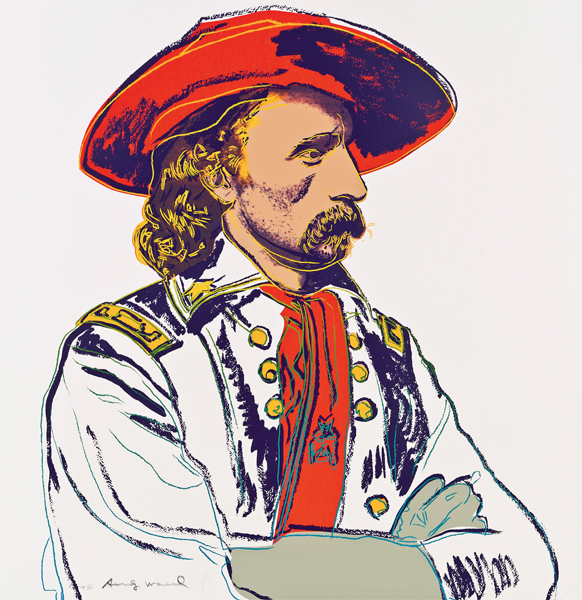
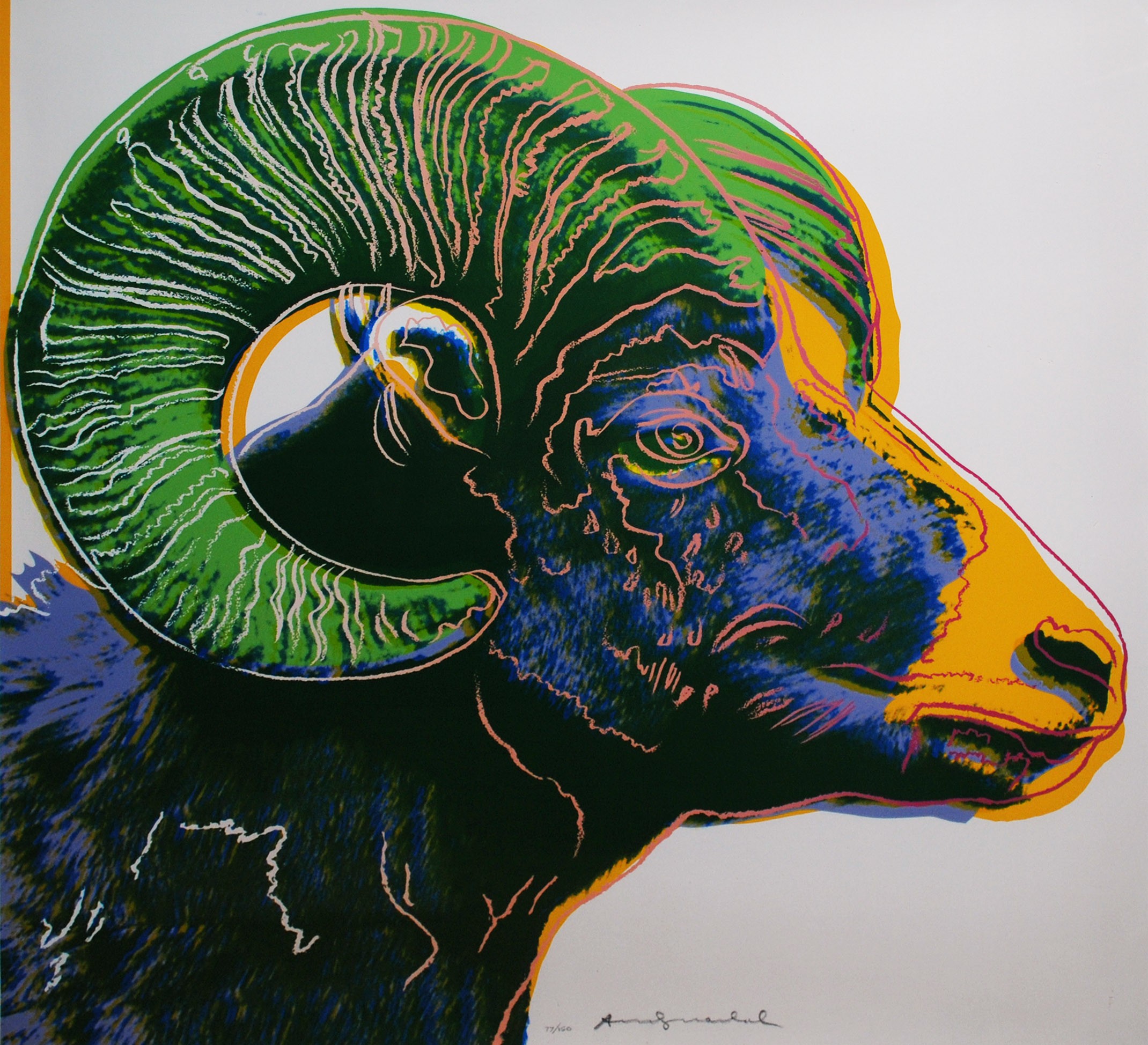
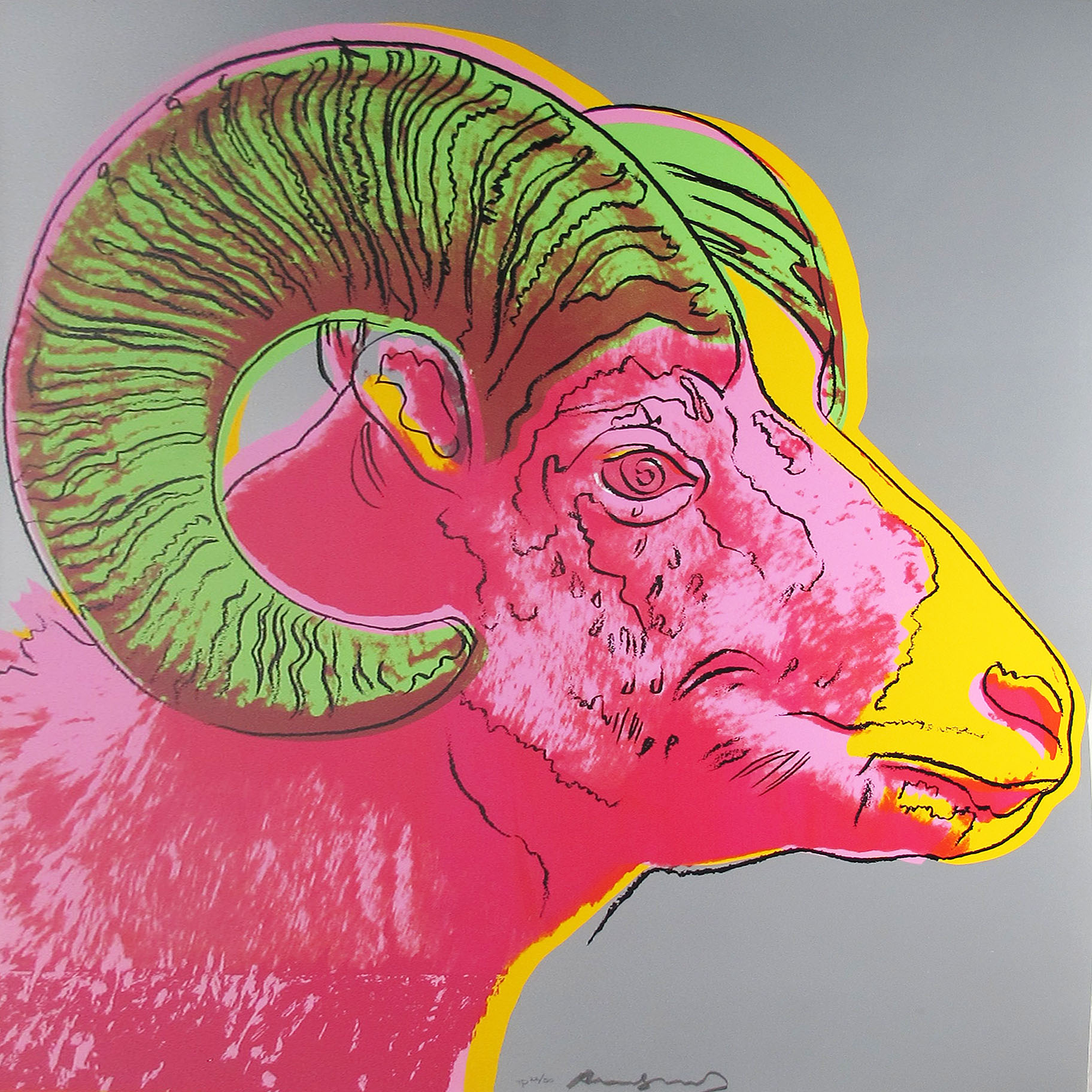 “Bighorn Ram” Original Edition of 150 “Bighorn Ram” TP of 30 (Currently Available)
“Bighorn Ram” Original Edition of 150 “Bighorn Ram” TP of 30 (Currently Available)